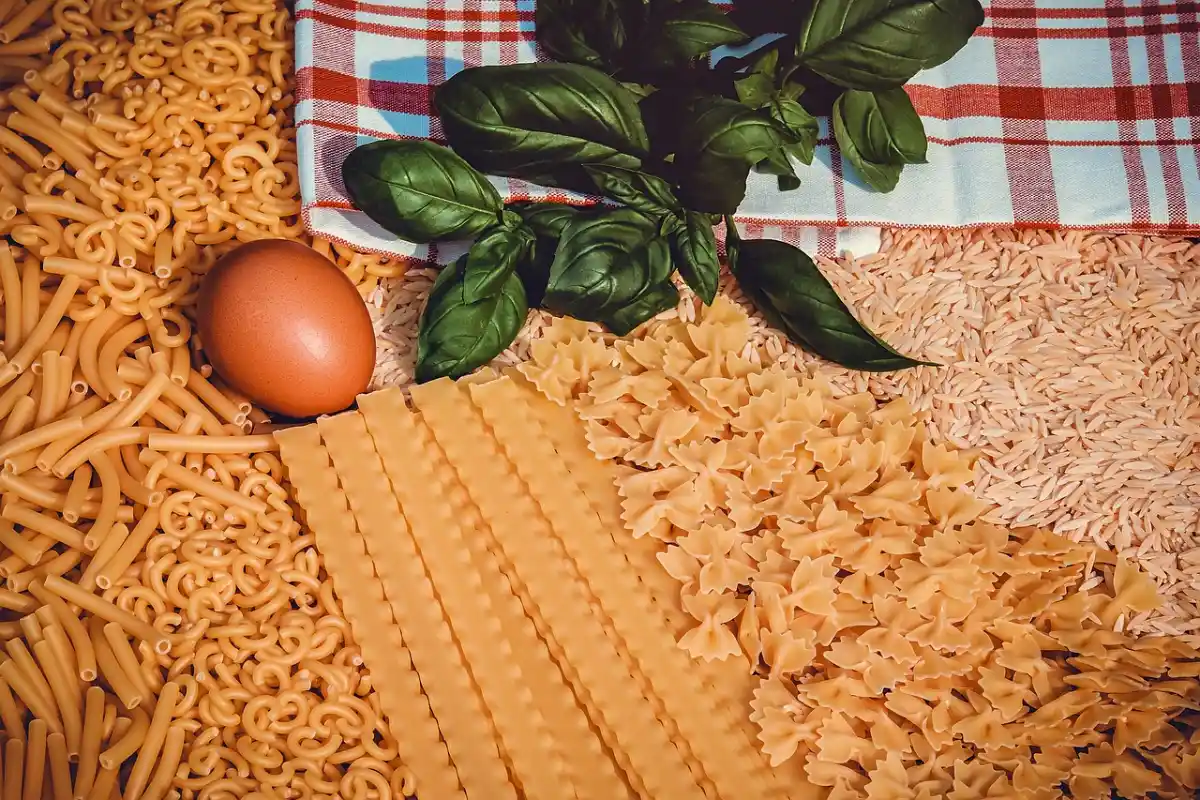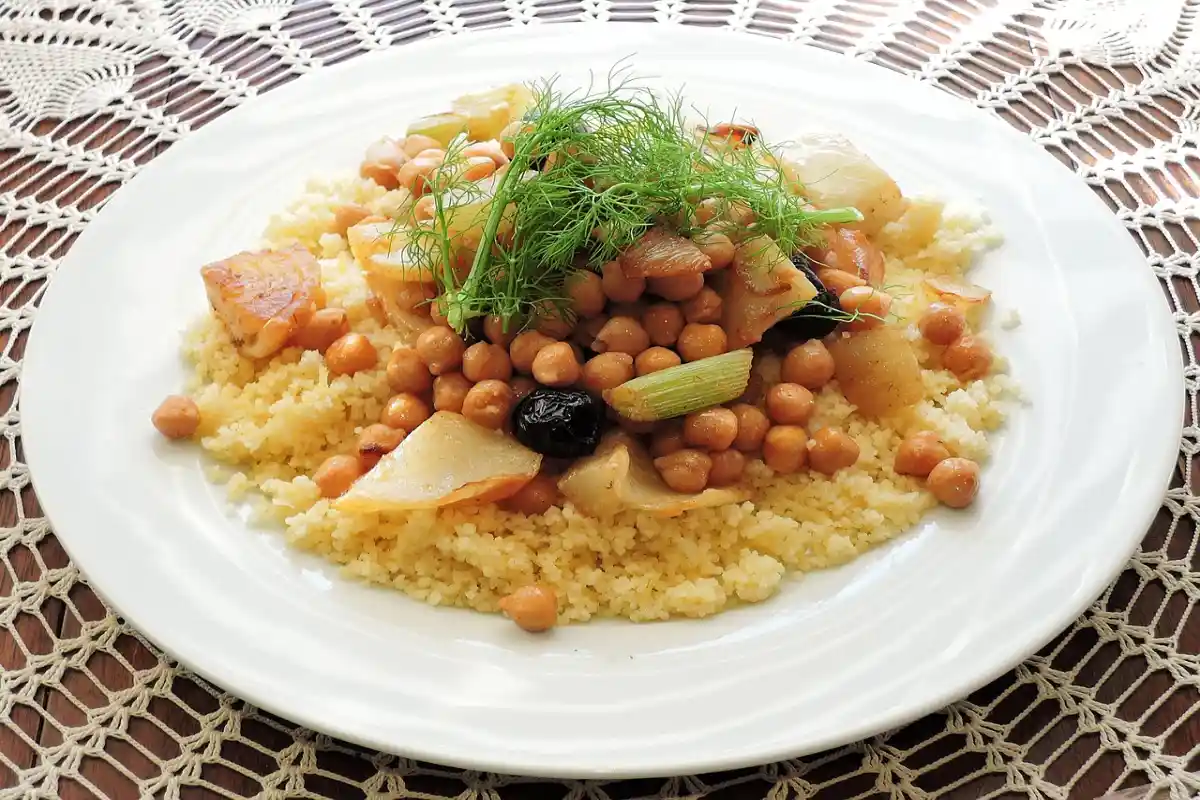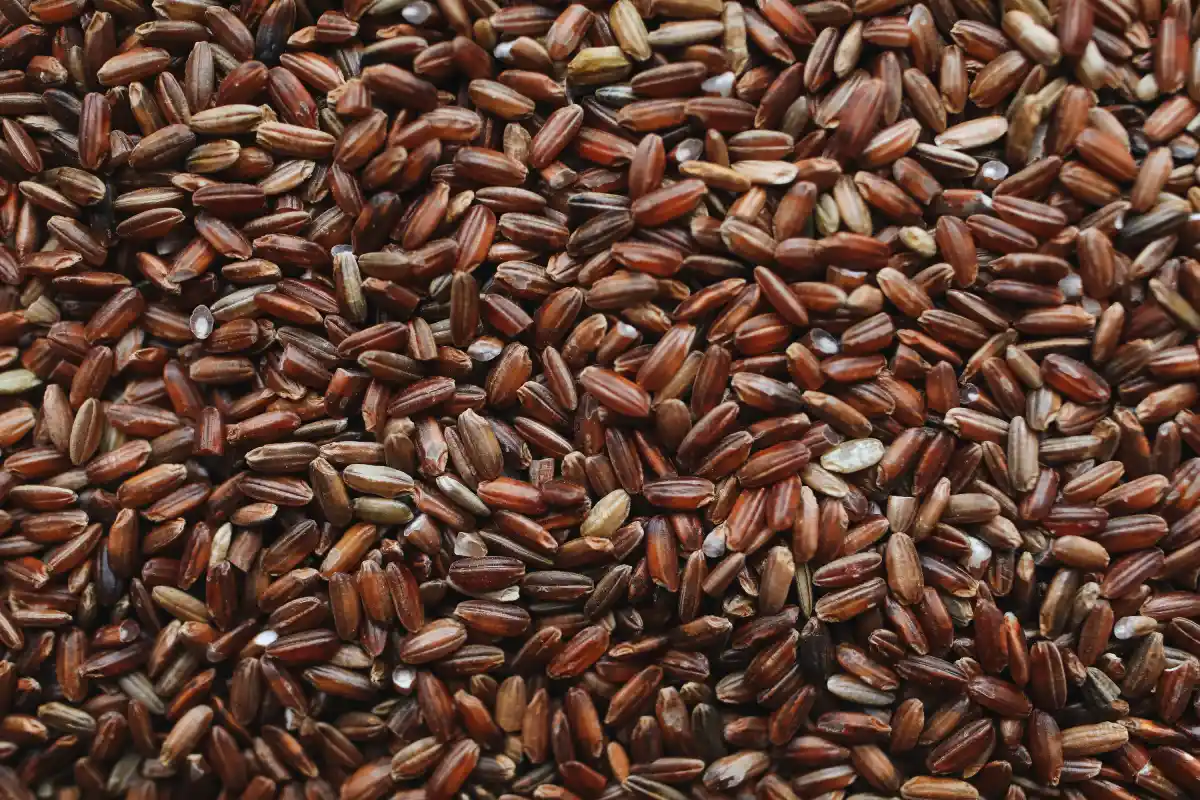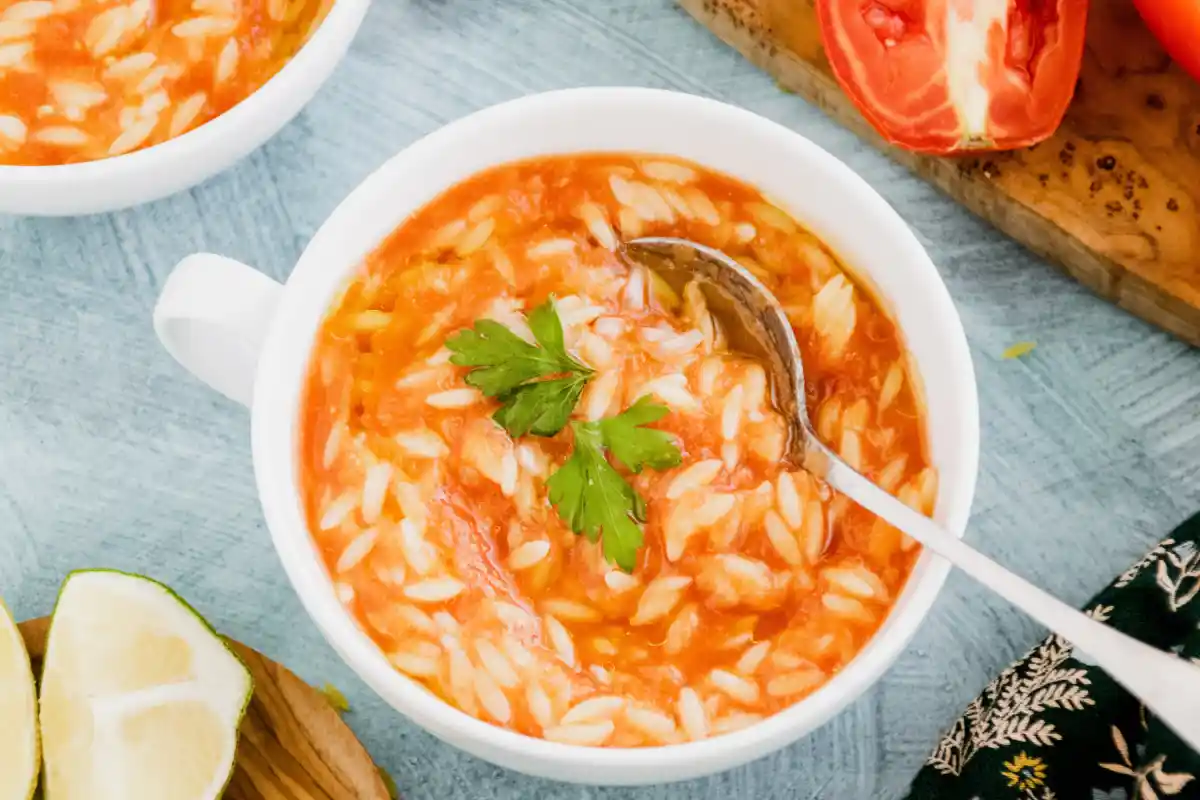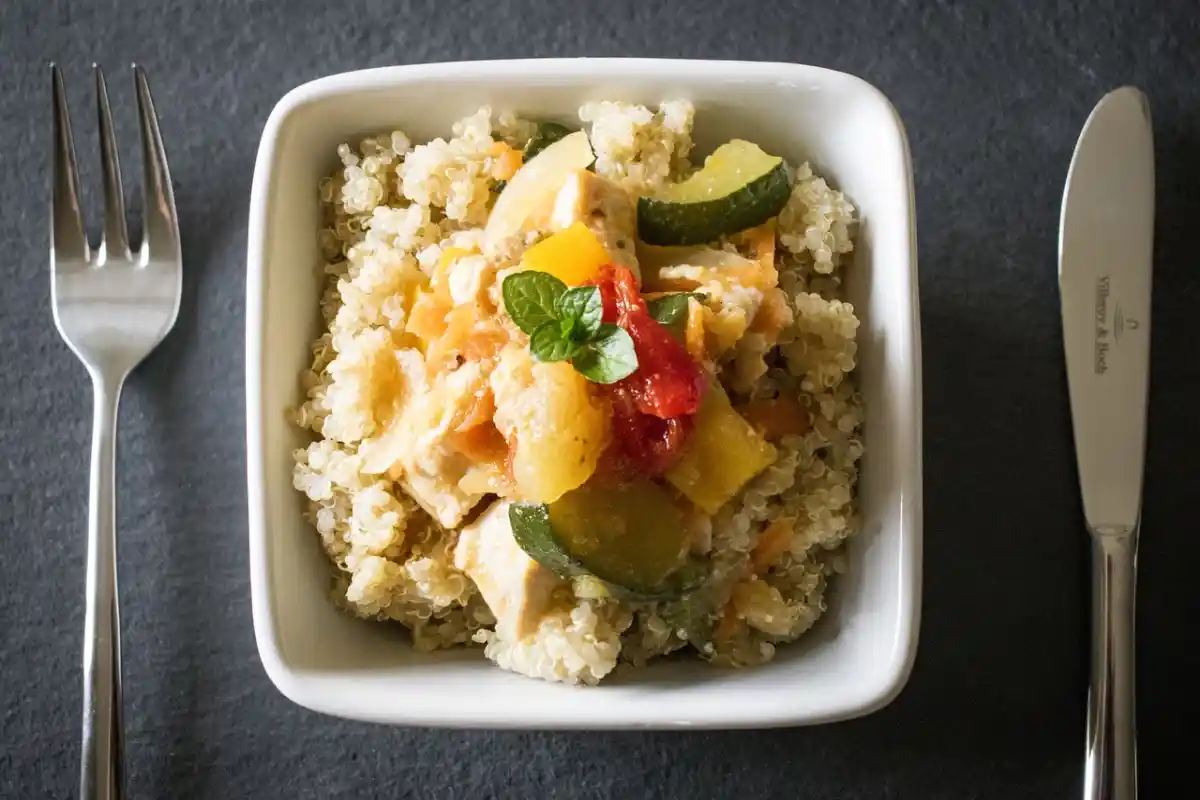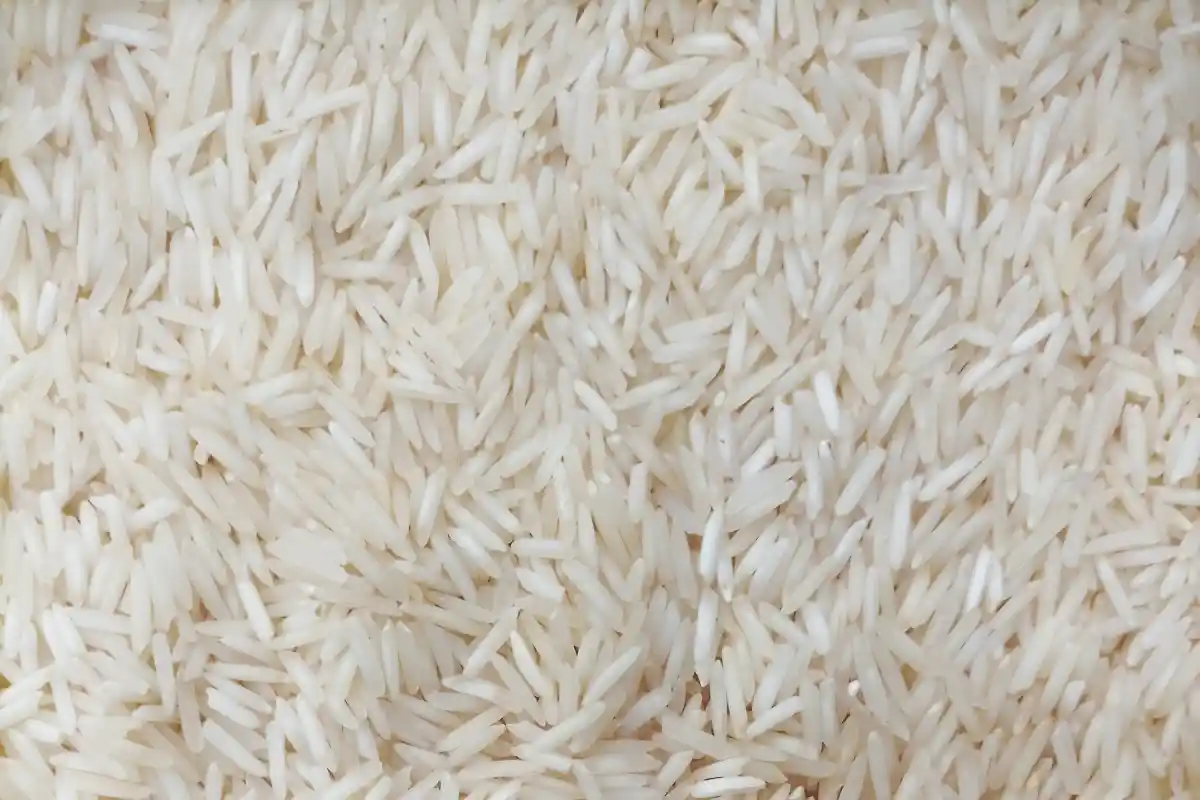When considering ‘What can I use in place of pastina?’ for your comfort food recipes, it’s important to remember the unique qualities of pastina. This tiny, star-shaped pasta, a staple in many kitchens worldwide, is often cherished as the ultimate comfort food. Its soothing texture and ease of preparation have made it a favorite ingredient, especially in traditional soups like Italian Penicillin Soup. Pastina isn’t just a culinary element; it embodies the essence of home-cooked meals and family gatherings.
But what happens when pastina isn’t on hand, or when dietary restrictions make it less accessible? This is where the journey of culinary exploration begins. In this article, we delve into the world of pastina alternatives, offering a variety of options that cater to different tastes, dietary needs, and cooking styles. Whether you’re looking to replicate the comfort of pastina in a gluten-free form or simply eager to experiment with new textures and flavors, we’ve got you covered.
Join us as we explore the myriad of possibilities that await in the world of pasta alternatives. From traditional choices that mirror the texture of pastina to innovative and health-conscious options, there’s a whole universe of ingredients waiting to elevate your next culinary creation. Perfect for Italian Penicillin Soup, and so much more, these alternatives promise to keep your meals exciting, nutritious, and above all, delicious.
Why Look for Pastina Substitutes?
Finding a substitute for pastina is not just about replacing a type of pasta. It’s about adapting to various needs and preferences. Here are some key reasons why you might consider alternatives:
- Dietary Needs: Gluten intolerance or celiac disease can make eating pastina a health risk. Choosing gluten-free options ensures everyone can enjoy their meal without worry.
- Availability: Sometimes, pastina just isn’t available in the store. Having a few go-to alternatives can save your recipe in a pinch.
- Exploring New Tastes: Trying different kinds of pasta can add an exciting twist to your favorite dishes. It’s a fun way to discover new flavors and textures.
- Nutritional Benefits: Some alternatives offer different nutritional profiles. This can be a great way to boost fiber intake or reduce carbs.
Top Pastina Alternatives
Looking for something to replace pastina? Here are some great choices:
- Orzo: This small, rice-shaped pasta is a perfect match. It’s great in soups and easy to cook.
- Couscous: Tiny and quick to prepare, couscous is a good swap. It’s light and works well in many recipes.
- Quinoa: A healthy pick, quinoa is full of protein. It’s also gluten-free and adds a nice texture.
- Rice: Simple and familiar, rice can fill in for pastina, especially in soups.
- Acini di Pepe: These are very similar to pastina. They’re tiny and round, ideal for soups and side dishes.
- Millet: Small and grain-like, millet is a unique choice. It’s healthy and cooks up fluffy.
Each of these options has its flavor and style. They can all make your dishes special in their way.
Gluten-Free Options
If you can’t have gluten, don’t worry. There are many good pastina substitutes. Here are some easy and tasty choices:
- Gluten-Free Pasta: Now, many brands make gluten-free pasta. They use things like corn, rice, or quinoa. They come in all shapes and sizes.
- Brown Rice: A great option that’s healthy too. It’s good in soups and as a side.
- Buckwheat: Not just for pancakes! Buckwheat is hearty and works well in many recipes.
- Amaranth: Tiny and nutritious, amaranth is a good choice. It’s great for thickening soups.
Using Alternatives in Italian Penicillin Soup
When making Italian Penicillin Soup, replacing pastina is easy with the right ingredients. Here’s how to do it:
- Start with Orzo or Rice: First, try Orzo or Rice. They’re similar to pastina and cook well in soups.
- Adjust Cooking Times: Remember, different substitutes might need different cooking times. For instance, brown rice takes longer than pastina.
- Experiment with Flavors: Additionally, each alternative brings its taste. Feel free to experiment to find what you like best.
- Keep an Eye on Texture: Moreover, watch the texture. Some substitutes like quinoa might make the soup thicker.
- Gluten-Free Options: Lastly, for a gluten-free soup, use gluten-free pasta or rice. They’re simple swaps that keep the soup tasty and safe for everyone.
Nutritional Comparison
Let’s compare the health benefits of pastina and its substitutes. This will help you make informed choices.
- Whole Grains vs. Refined Pasta: First of all, whole grains like brown rice and quinoa are more nutritious than refined pasta. They have more fiber and vitamins.
- Protein Content: Secondly, some options, like quinoa, offer more protein. This is great for a balanced diet.
- Low Gluten and Gluten-Free: Also, if you’re avoiding gluten, rice and gluten-free pastas are healthier for you. They prevent allergic reactions and are easier to digest.
- Calories and Carbs: In addition, consider calories and carbs. Whole grains usually have fewer calories and carbs compared to regular pasta.
- Vitamins and Minerals: Finally, different grains have various vitamins and minerals. Quinoa, for example, is rich in magnesium and iron.
Kid-Friendly and Healthy Choices
Selecting the right pastina substitutes for kids is crucial. Here’s a revised list with more transitional phrases for better flow:
- Mini Pasta Shapes: Firstly, consider mini pasta shapes like orzo or mini shells. These are not only fun to eat but also easy for small hands to handle. Kids often love these because of their interesting shapes.
- Colorful Vegetables: Additionally, try incorporating colorful vegetables into the pasta dishes. This not only makes the meal more visually appealing for children but also boosts its nutritional value.
- Whole Grain Goodness: Moreover, opting for whole grain options whenever possible is a wise choice. These grains are not just healthier, but they also keep children fuller for longer periods, which is great for their energy levels.
- Gluten-Free Varieties: Furthermore, for kids with gluten sensitivities, gluten-free pasta varieties are essential. They are safe and have a taste and texture that closely resembles regular pasta, making them an excellent choice.
- Mild Flavors: Finally, it’s important to start with mild flavors when introducing new foods to young palates. Children often prefer simple and familiar tastes, which can ease the transition to new types of pasta.
Global Twists: International Alternatives
Exploring pastina substitutes from different parts of the world adds excitement to meals. Here’s an enhanced list with added transitional phrases:
- Asian Rice Noodles: Firstly, Asian rice noodles are an excellent alternative. Light and versatile, they integrate seamlessly into a variety of dishes, especially soups.
- Japanese Soba Noodles: Another healthy option is Japanese soba noodles, made from buckwheat. They not only provide a unique flavor but also add a healthy twist to your meals.
- Indian Basmati Rice: Additionally, Indian Basmati rice, known for its distinct aroma, is perfect for adding an exotic touch to your dishes.
- Mexican Quinoa: Lastly, Mexican quinoa is a versatile and nutrient-packed alternative. Popular in Mexican cuisine, it adds both flavor and health benefits to your meals.
Shopping Guide: Where to Find These Alternatives
Finding the right places to buy pastina substitutes can simplify your shopping experience. Here’s an improved list with more transitional phrases for clarity:
- Local Supermarkets: Firstly, start with your local supermarkets. They often have dedicated sections for international and health foods, where you can find a variety of pasta alternatives.
- Specialty Stores: Additionally, explore specialty stores for unique finds. These stores typically offer a broader range of international and gluten-free options, catering to diverse culinary needs.
- Online Retailers: Furthermore, online retailers should not be overlooked. They provide a wide selection and the added convenience of delivering right to your doorstep.
- Farmer’s Markets: Also, consider visiting farmer’s markets. They sometimes offer local grains and organic pasta options that are not only healthier but also fresher.
- Health Food Stores: Finally, health food stores are ideal for sourcing gluten-free and whole-grain options. These stores focus on providing nutritious and organic products, making them a valuable resource for health-conscious shoppers.
Cost and Sustainability
Understanding the cost and environmental impact of pastina substitutes is key. Here’s a look at both factors:
- Price Comparison: Firstly, it’s important to compare prices. Whole grains like quinoa and brown rice are often more expensive than traditional pasta, but they offer better nutrition.
- Bulk Buying: Also, buying in bulk can save money. Look for larger packs of rice or gluten-free pasta to get a better deal.
- Organic Options: Furthermore, consider organic options. They might cost more, but they’re better for the environment and your health.
- Local Products: In addition, choosing local grains supports local farmers and reduces transportation, which is good for the planet.
- Packaging Waste: Lastly, think about packaging. Products with less plastic and more recyclable materials are more sustainable.
FAQs: Detailed Answers on Pastina Substitutes
Let’s dive deeper into some frequently asked questions about replacing pastina, providing more detailed responses:
What can I substitute for pastina?
While there are several excellent substitutes for pastina, each bringing its unique qualities to your dishes, you may find yourself asking, ‘What can I substitute for pastina?‘ for more detailed alternatives and how to use them in your Italian recipes. Orzo is a fantastic option with a similar size and shape, making it perfect for soups and salads. Couscous, both regular and Israeli (pearl) varieties, offer a different texture but still absorb flavors beautifully, ideal for quick meals. Quinoa is a protein-rich, gluten-free alternative that adds a nutty flavor and a slightly crunchy texture, excellent for health-conscious recipes. Rice, particularly short-grain varieties, can mimic the comforting consistency of pastina, especially in soups and stews. Acini di Pepe, another small pasta, closely resembles pastina and works well in traditional recipes like Italian Penicillin Soup.
What pasta is the same as pastina?
Acini di Pepe is the most similar pasta to pastina in terms of size and shape. It’s small, round, and perfect for dishes where pastina is typically used, such as in broths and light soups. However, pastina is often star-shaped and slightly smaller, while Acini di Pepe is round. Another similar pasta is Stelline, which is star-shaped like pastina and can be a charming alternative in soups and as a side dish for toddlers and young children.
Can you use rice instead of pastina?
Yes, rice is a suitable substitute for pastina, particularly in soups and stews. Short-grain rice, like Arborio or sushi rice, has a similar comforting texture to pastina when cooked. It absorbs flavors well and contributes to the heartiness of the dish. For a healthier option, brown rice can be used, though it has a firmer texture and a nuttier flavor. It’s important to adjust cooking times, as rice generally takes longer to cook than pastina.
Is pastina and Acini de Pepe the same?
Pastina and Acini de Pepe are not the same, though they are often used interchangeably in recipes due to their similar sizes. Pastina, traditionally used in Italian cooking, is typically star-shaped and very small, making it a favorite for soups and as a first food for babies. Acini de Pepe, translating to ‘peppercorns’ in Italian, is slightly larger, round, and used in a variety of dishes, including soups and cold salads. While both are excellent in broths and light soups, they bring different visual aesthetics and slight textural variations to dishes.
What can I use in place of pastina?: A Final Overview
In conclusion, exploring alternatives to pastina opens up a world of culinary possibilities. Whether you’re adapting to dietary needs, searching for new flavors, or simply can’t find pastina, there are plenty of options to try. From orzo and couscous to gluten-free pasta and whole grains like quinoa and rice, each substitute offers its unique taste and texture. Not only do these alternatives keep your meals interesting, but they also cater to health and nutritional needs, making them great choices for everyone.
Moreover, with our shopping guide, you know exactly where to find these substitutes, whether in local supermarkets, specialty stores, or online. And by considering the cost and sustainability factors, you’re making informed choices that are good for both your wallet and the planet.
Finally, we hope this guide has answered your questions and sparked your curiosity to experiment with these delightful pastina substitutes. Embrace the variety and enjoy the deliciousness each brings to your table!
READ ALSO: Italian Hangover Cake Recipe: Indulge in Tradition.

